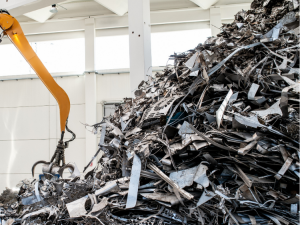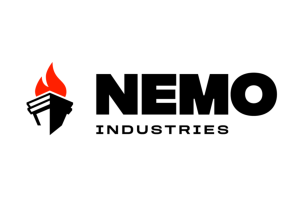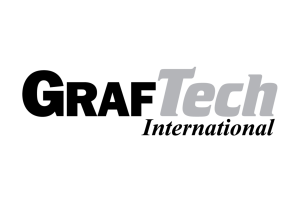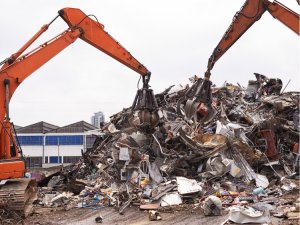
Scrap market sees early settlement signs in short holiday month
A steelmaker in the Southeast has entered the market for shredded, P&S, and HMS at prices of $20/gt over November.

A steelmaker in the Southeast has entered the market for shredded, P&S, and HMS at prices of $20/gt over November.

The situation has altered in the Brazilian pig iron market since our last update on Nov. 13. At the time, we reported things were at a standstill for sales to US-based steelmakers.

The pig iron market is at a standstill since the last sale to the US several weeks ago.
SunCoke Energy’s earnings declined in the third quarter as weaker domestic coke sales and contract economics weighed on results.

The pig iron market in Brazil saw some activity last week that could present some additional options to producers there, but at lower price levels.

CRU analysts break down their top takeaways from CRU's 31st Annual Ferroalloys Connections Summit, held Oct. 19-21 in Miami.

NEMO Industries CEO talks cost and reasoning behind a $3-billion pig iron project in Louisiana.
Cleveland-Cliffs is positioning itself as a key player in America’s push for industrial independence.

NEMO Industries has announced a venture to build a pig iron plant in Louisiana. The plant will use advanced technologies, including integrating AI.

A compromise has been reached in the pig iron market, sources told SMU. Recall we reported US buyers were bidding $390 per metric ton (mt) FOB or less while sellers were holding sideways at about $400/mt.
For the next month, CRU forecasts that global demand for steelmaking raw materials will increase month on month (m/m).

The pig iron market in Brazil is currently in flux and there have been few, if any, confirmed cargoes transacted for the US.

Here are highlights of what’s happened this past week and a few upcoming things to keep an eye on.

The Brazilian-US pig iron market has remained quiet, market sources told SMU.
Thais Terzian, principal analyst at CRU, gave a presentation of Ore-Based Metallics(OBM), namely pig iron and direct-reduced iron (DRI), and how important they are to the global steel industry.
Prices for four of the seven steelmaking raw materials we track were unchanged from late June through the end of July, while two increased and one declined. Collectively, these material prices rose 1% month over month (m/m), but are down 3% compared to three months ago.
SunCoke Energy reported a steep year-on-year drop in second-quarter earnings, weighed down by weaker coke sales and logistics volumes. Still, the company reaffirmed its full-year outlook and moved closer to acquiring Phoenix Global.

GrafTech International attributed its second-quarter net loss to a non-cash tax expense and lower weighted average realized prices.

The Brazilian pig iron community is playing defense ahead of the Aug. 1 deadline for a 50% US tariff on imports from the South American country. The moves indicate the Brazilian producers do expect the tariff to go into effect.

Divergent opinions emerge on August's scrap outlook.
Will more DRI investment come to the US?
According to our latest analysis, prices for four of the seven steelmaking raw materials we track declined from May to June. Collectively, these materials declined 3% month over month (m/m) and are down 9% compared to three months ago.
How is the ferroalloys market in the US faring with the new tariffs.

The Chicago Business Barometer reports that decreases in new orders, order backlogs, and softer production pulled the index down by 4.1-points to 40.5, in May.
CRU analysts discuss how downward pressure on the US premium has persisted due to weakness in key consuming sectors, while concerns over zinc supply have been largely alleviated for the time being.

The US mills have managed to reduce pig iron prices to correspond with the sharp declines in domestic scrap prices in May.
According to our latest analysis, prices for four of the seven steelmaking raw materials we track increased from April to May. However, select materials saw a collective 1% decline month over month and are down 4% compared to three months ago.
Since the US ferrous scrap settlements for May have been finalized, steelmakers are turning their attention to continued pig iron flows with the wind behind their backs.
Given the news about tariffs and bringing back industries to the US, a brief look back in time may show how our economy changes with technological advances and the shifting economies of scale.
Iron ore prices were largely steady in March, hovering around $100–102 per dry metric ton (dmt) in a quiet market.